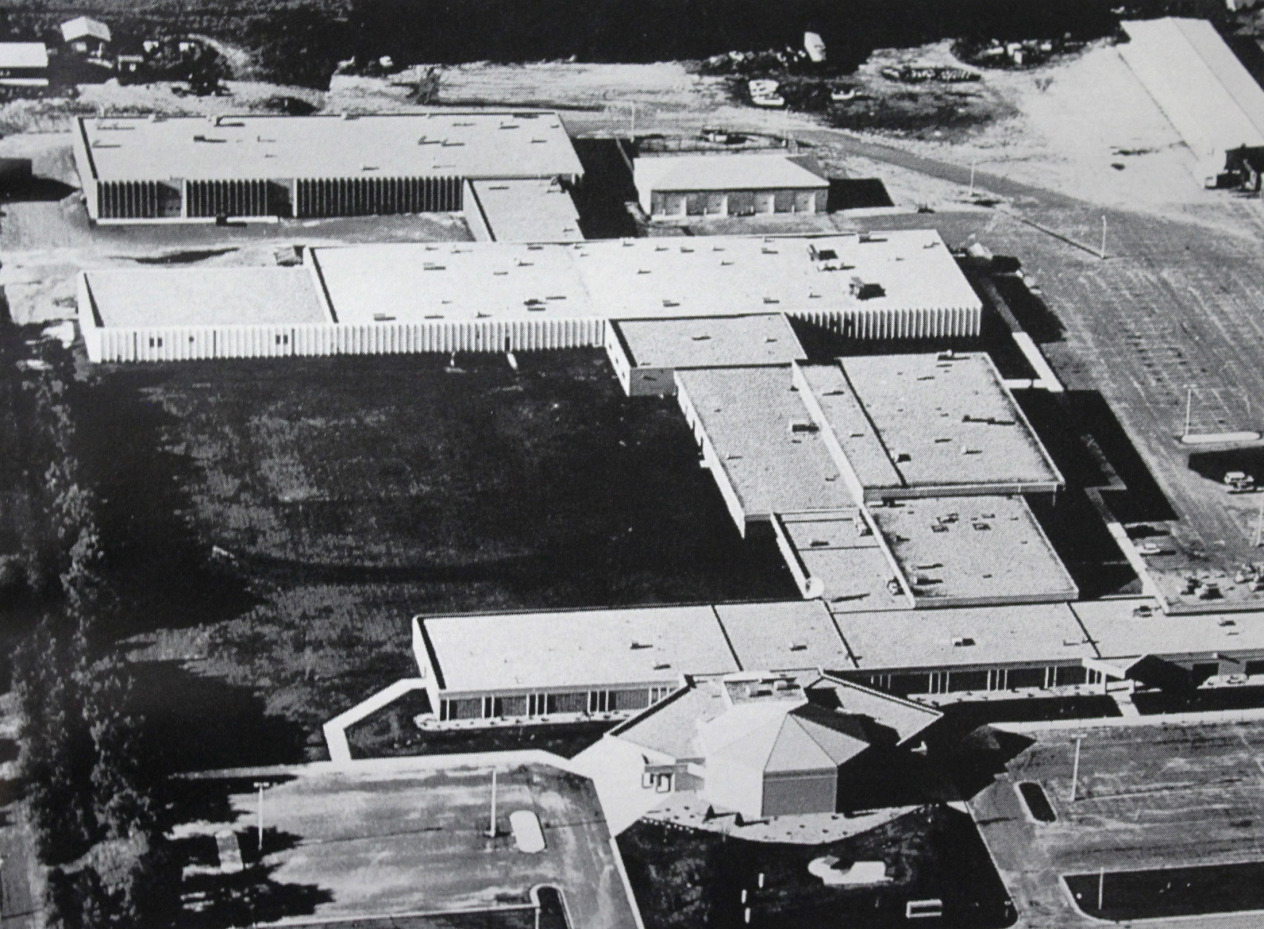Title
CHEM1111 - General Chemistry I
API ID
Credits
5 (4/1/0)
Description
Meets MnTC Goal Areas 2 and 3. This course is the first of a two-course series (CHEM1111 and CHEM1112) intended for science majors. Students will learn the general chemistry principles: problem solving, nomenclature, atomic structure, electronic structure, stoichiometry, titration, reaction types, molecular structure, thermochemistry, electronic structure, and properties and laws of gases. The course includes a lab. Students completing the two-semester sequence will be competent in all areas listed in General Chemistry I & II of the Minnesota State Chemistry Transfer Pathway.
Prerequisites
Competencies
- Apply dimensional analysis with proper attention to units and significant figures.
- Describe and apply the scientific method used by scientists in solving problems.
- For ionic compounds (including those containing polyatomic ions) and simple inorganic molecular compounds, given a chemical formula, give the correct name, and vice-versa.
- Describe atom components, general structure of the atom and isotope. Determine the atomic number, mass number and number of neutrons for a specified isotope.
- Calculate the average atomic mass of an element from isotopic abundances and isotopic masses.
- Correlate wavelength, frequency and energy of light with electron energy levels in the atoms via the photoelectric effect and the Bohr model.
- Apply wave-particle duality and the uncertainty principle to describe properties of electrons.
- Apply the results of the Schrödinger quantum mechanical model of the atom to assign quantum numbers to electrons, and write electron configurations of multi-electron atoms and ions.
- Identify valence vs. core electrons and predict trends in atomic size, ionization energy, electron affinity and charges on main-group ions.
- Calculate quantities associated with stoichiometry and using stoichiometric relationships including molar mass, number of particles, mass of reactant or product, limiting reagents and percent yields
- Determine the empirical formula of an unknown compound using composition by mass or combustion analysis data.
- Apply solution data to prepare solutions, dilute solutions and titration principles to determine concentration of an unknown aqueous solution.
- Predict products for precipitation, acid-base and oxidation-reduction reactions; identify spectator ions and write net ionic equations.
- Apply the First and Second Laws of Thermodynamics and thermochemical equations to relate heat energy, quantity of substance reacted, temperature measurements and/or heat capacity.
- Calculate reaction enthalpies using two methods: calorimetry data and Hess’s Law with enthalpies of formation.
- Draw Lewis structures for compounds including resonance, formal charge and exceptions to the octet rule
- Interpret VSPER theory, Valence Bond Theory and possibly Molecular Orbital Theory to predict molecular shape, polarity, bonding and ionic behavior in molecules.
- Describe the relationships between pressure, volume, moles and temperature using gas laws and the kinetic molecular theory of gases.
- Apply the gas laws, the ideal gas law and Dalton’s Law to calculate gas characteristics including pressure, moles, volume, temperature, mole fraction, partial pressures and total pressure of a gas mixture.
- Conduct laboratory work (which includes measuring quantities, recording observations of chemical processes, and using proper glassware and equipment and proper techniques for laboratory procedures) in compliance with guidelines for personal lab safety and responsible management of chemical waste.
- Effectively communicate lab procedures, observations and results in the form of laboratory notebook, written reports and verbal presentation.
- Interpret and analyze qualitative observations and quantitative results, incorporating graphs and tables as appropriate.
Goal Areas
2. Critical Thinking
3. Natural Sciences
Degrees that use this course
Degrees that use this course
Degree:
Associate of Science (AS)
Location:
Fergus Falls Campus
Moorhead Campus
Credits:
60
Degree:
Associate of Science (AS)
Location:
Moorhead Campus
Credits:
60
Degree:
Associate of Science (AS)
Location:
Fergus Falls Campus
Moorhead Campus
Credits:
60
Degree:
Associate of Science (AS)
Location:
Fergus Falls Campus
Moorhead Campus
Online
Credits:
60
